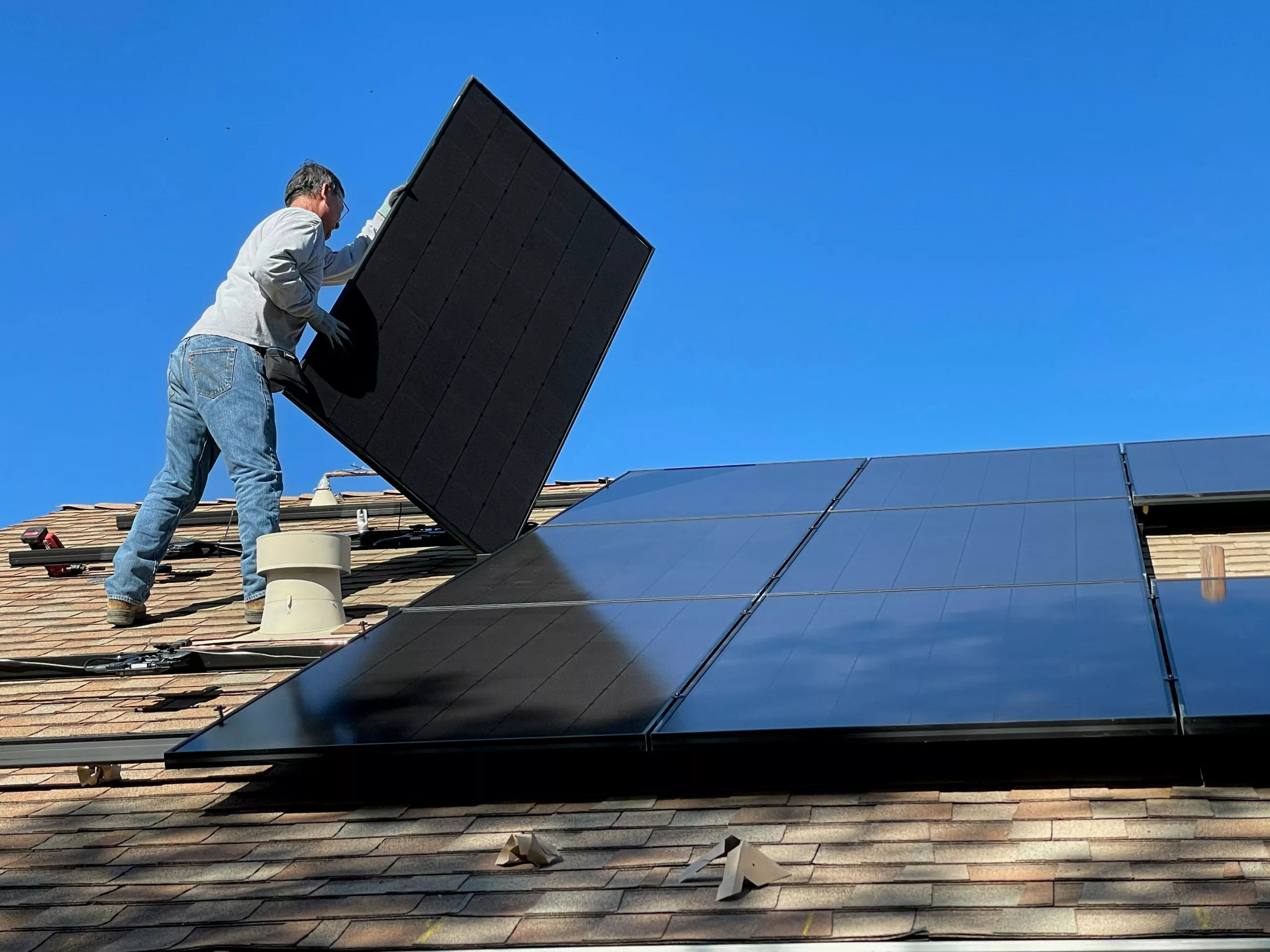As a homeowner pondering the leap into renewable energy with rooftop solar panels or a battery energy storage system (BESS), you might feel overwhelmed by the complexities of policies and costs involved. Let this comprehensive guide, courtesy of Jessica Kerby and Bethel Tarekegne from Pacific Northwest National Laboratory (PNNL), illuminate the path through the thicket of information.
Demystifying Renewable Energy Installation
Grappling with utility rates, installation expenses, and financial perks might seem daunting, but the PNNL experts have crafted an open-access guide, aimed at not only prospective renewable energy users but also advocates for energy justice and clean energy policies. Their guide provides a straightforward understanding of the interconnected mechanisms of rooftop solar and BESS.
The Intersection of Home Energy and Grid Stability
As we transition to a more electric-centric lifestyle with the aim of reducing fossil fuel reliance, stable and reliable energy access keys into everyday life—especially as extreme weather becomes more common. Here’s where home-based solar and storage solutions offer a twofold benefit: they keep your lights on and also alleviate the burden on the overall grid.
Key Considerations Before Taking the Plunge
Your decision shouldn’t hinge on upfront costs alone; there are crucial questions to ponder, and Kerby outlines them to inform your choices.
Understanding Your Utility’s Rate Structure
Does your utility provider have a flat energy rate, or does it fluctuate with the time of day? Time of Use (TOU) rates could mean higher costs during peak evening hours. If so, that’s where solar panels and a BESS can shine, by storing low-cost daytime energy for evening consumption. However, if your utility’s rate is flat, a BESS’s financial benefits might not be as impactful, barring its utility as a backup power source.
The Impact of Net Metering Policies
For those in states with net metering, selling excess solar or BESS-generated energy back to your utility could spell significant savings and hasten the return on your investment. Awareness of your state’s evolving policies is vital in assessing the value proposition of your solar setup.
Exploring Financial Incentives
Don’t let sticker shock deter you; there’s a variety of federal and state incentives designed to lighten the financial load. The Investment Tax Credit (ITC) offers a hefty 30% cost offset, and state-level benefits can range from property to sales tax exemptions, alongside potential utility rebates.
Estimating Your Energy Savings
Applying PNNL’s model to a typical Pacific Northwest home, significant annual savings are projected, although the region’s lower electricity costs mean a standalone solar array might make more economic sense than coupling it with a BESS. Conversely, in areas like Oregon, existing incentives significantly reduce the payback period making a combined solar and BESS system highly attractive.
Ultimately, the guide by Kerby and Tarekegne is a tool designed to bridge the knowledge gap for homeowners. It allows for a balanced, informed decision-making process, reflecting the intricacies and rewards of investing in a home-based renewable energy system.
